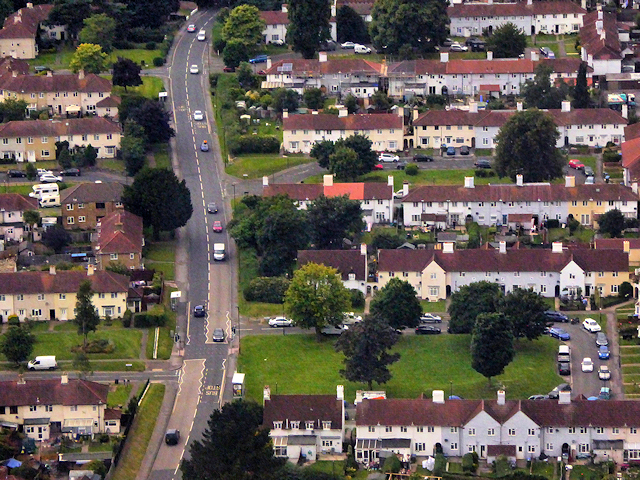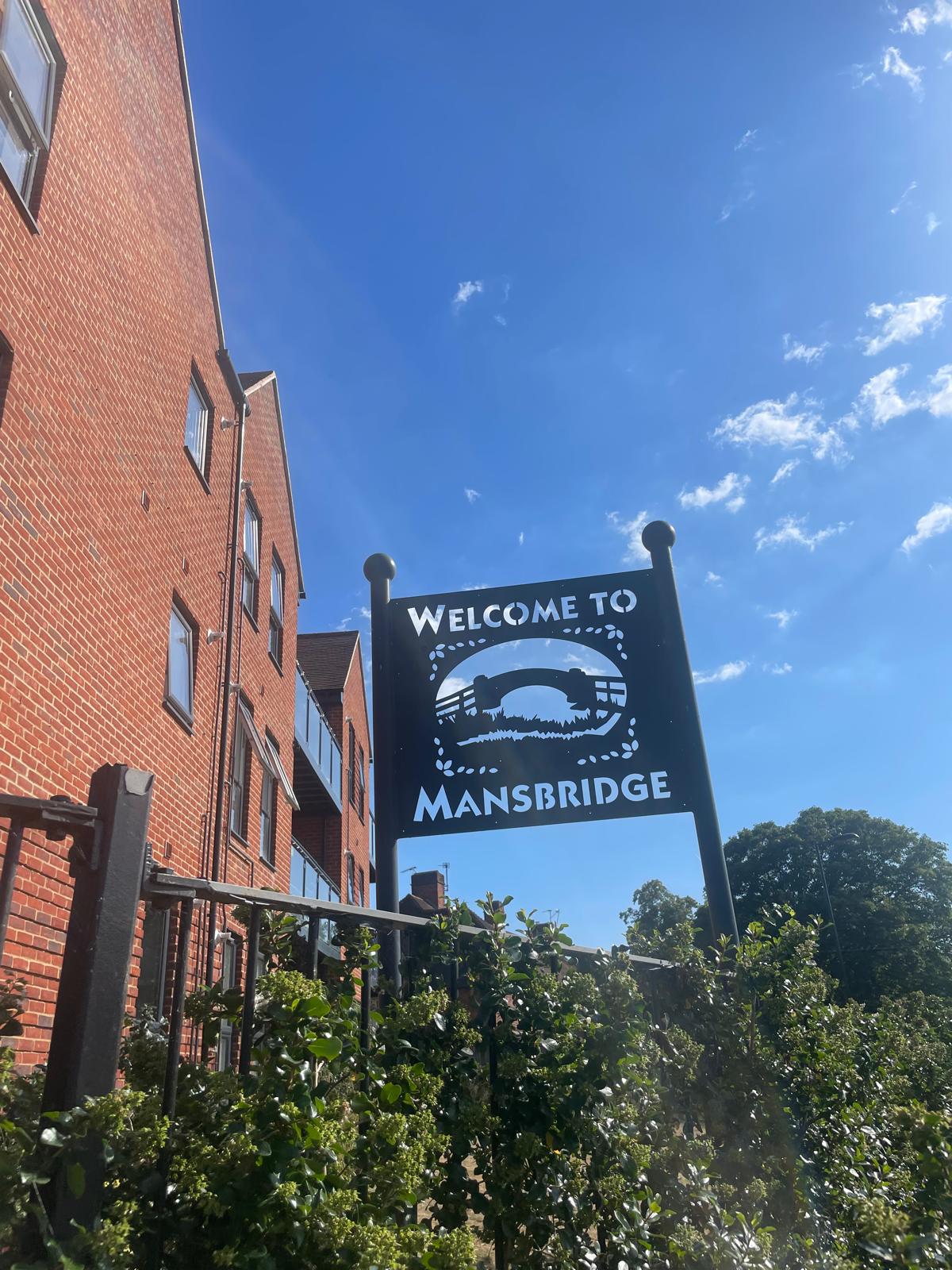Joseph Owen is a research fellow at the University of Southampton.
The Mansbridge Heritage Project is a collaboration between Southampton Institute for Arts and Humanities and Abri Housing Association. It will co-produce a programme of creative workshops and generate baseline data to capture what residents feel, understand and experience about Mansbridge, a suburb of Southampton known for its generous green spaces, its striking layout, and its distinctive style of housing.
The architect Herbert Collins designed the estate, and Swaythling Housing Society began building on the land in 1925. This year marks the centenary of its development, and Abri is co-creating a public event in September to celebrate the history of the area with the local community.
Researchers at the University of Southampton will support this work, providing analysis of three key themes across the programme: pride, heritage literacy, and place perception. This research focus has been drawn from Mansbridge resident data gathered since 2019. From this data, the Abri Community Investment Plan (2020–2025) identified several strategic pillars for improving the area: employment, health and wellbeing, community empowerment.
In line with these pillars, and to augment Abri’s understanding of the range of challenges and opportunities specific to Mansbridge, the project seeks to develop an evidence base for levels of pride, heritage literacy, and place perception among its residents.
Pride has become an increasingly influential concept for understanding people’s feelings towards place. Pride is at once national and local; public and private; individual and collective. In the UK, it is imbued with both nostalgia for the post-war moment and support for progressive identity politics. The policy emphasis on pride gestures to the emotional symptoms of geographical inequality and to the assumed, imagined and real anxieties of the so-called left behind.
Yet a more meaningful understanding of pride should be predicated on people’s collective capacity for felt responses to place. Metrics for pride must capture that complexity if they are to help restore social infrastucture in communities: the physical assets and services that develop bonds between people and places (Howcroft, Marsh and Owen, 2024).
Heritage literacy encourages a broader understanding of history and the past that emphasises the narratives and materials which resonate in the present. Heritage literacy is a way of seeing how the inheritance of place can be both communal and symbolic, which can shape how people live with each other and develop social cohesion in these places. In critical heritage studies, heritage is not only a fixed idea about specific buildings or tangible objects; it is also a set of social processes and embodied relationships that change meanings over time.
The point of heritage literacy is not to demand the preservation or exploitation of historical assets, but to encourage inquiry into the role of heritage, both tangible and intangible, in communities. The collaborative exploration of the past should generate legacies that influence both the present and future of places (Graham and Vergunst, 2019).
Place perception concerns the sense of place, how place is perceived, and the meanings and attachments people develop towards places. Pride and heritage literacy are closely linked to place perception: people’s feelings towards the built environment can be affected by the perceived quality of a place, and positive attachments are integral to people’s appreciation of the neighbourhoods where they live.
Place perception has become a popular framing in tourism, marketing and economic development studies. Yet the critical discourse of culture-led regeneration typically focuses on neoliberal understanding of ‘creative cities’ and a ‘creative class’ (Florida, 2004). Such competitive placemaking can cause the marginalisation of local cultures and low-income populations, leading to their displacement and the re-entrenchment of inequalities. Genuine examples of social infrastructure and cohesion are those which provide the conditions for social capital in places, and they must be informed by consequential versions of pride, heritage literacy and place perception.
With this literature in mind and through a programme of creative workshops, the project seeks a better understanding of how to improve forms of social infrastructure, cohesion and capital. We are interested in whether positive feelings of pride, an increased knowledge of local histories, and a more confident sense of how one’s home is perceived can influence people’s attachment to and investment in the places where they live. This project therefore asks three interrelated questions of Mansbridge and its residents:
- How does increased pride in place build social infrastructure?
- How does improved heritage literacy influence social cohesion?
- How does elevated place perception affect social capital?
References
Florida, R. (2004) The Rise of the Creative Class: And How It’s Transforming Work, Leisure, Community and Everyday Life. New York: Basic Books.
Howcroft, M., Marsh, N., & Owen, J. (2024). Levelling Up, affective governance and tensions within ‘pride in place’. Environment and Planning C: Politics and Space, 43(2), 387–405. https://doi.org/10.1177/23996544241268342



